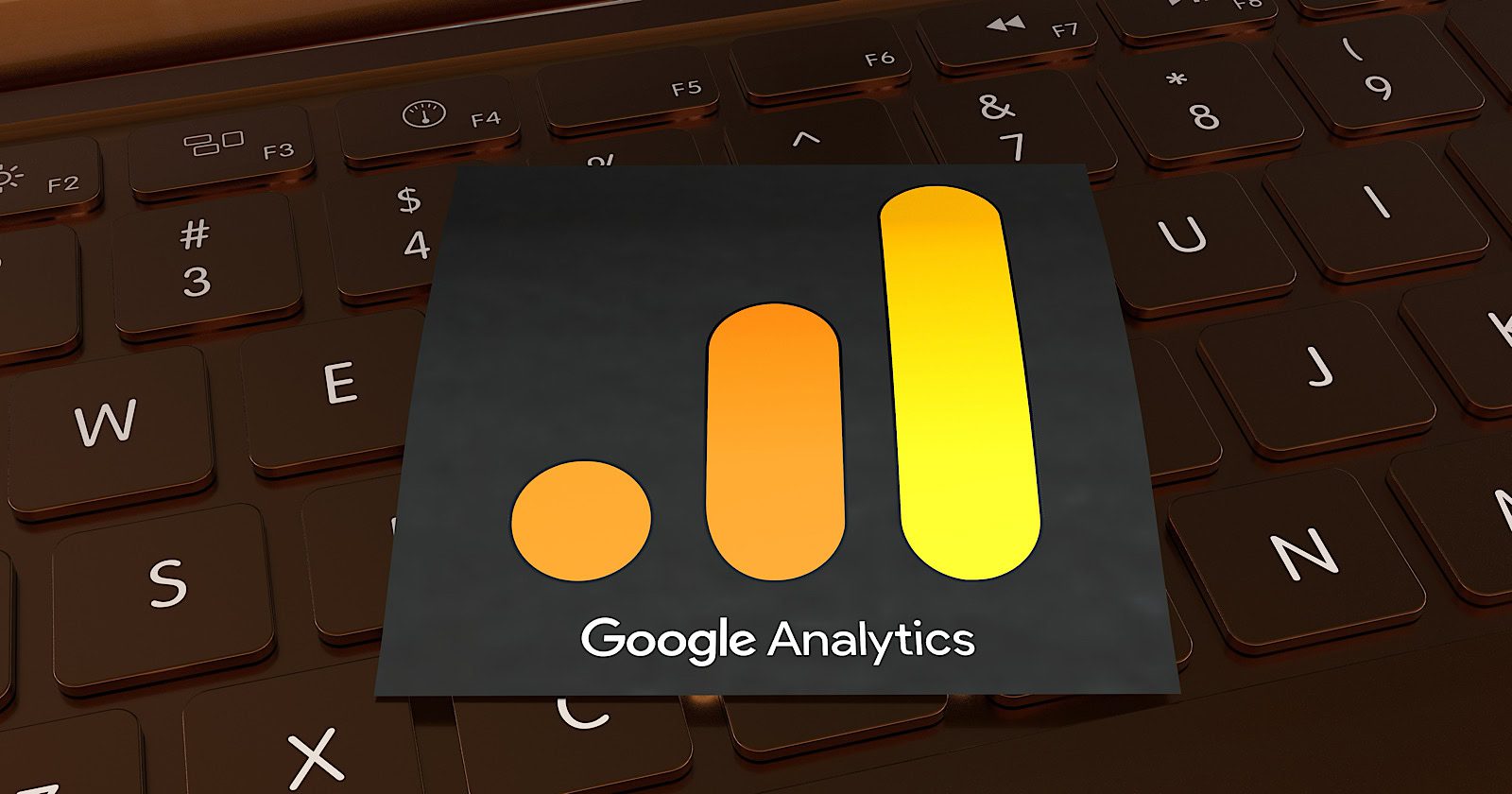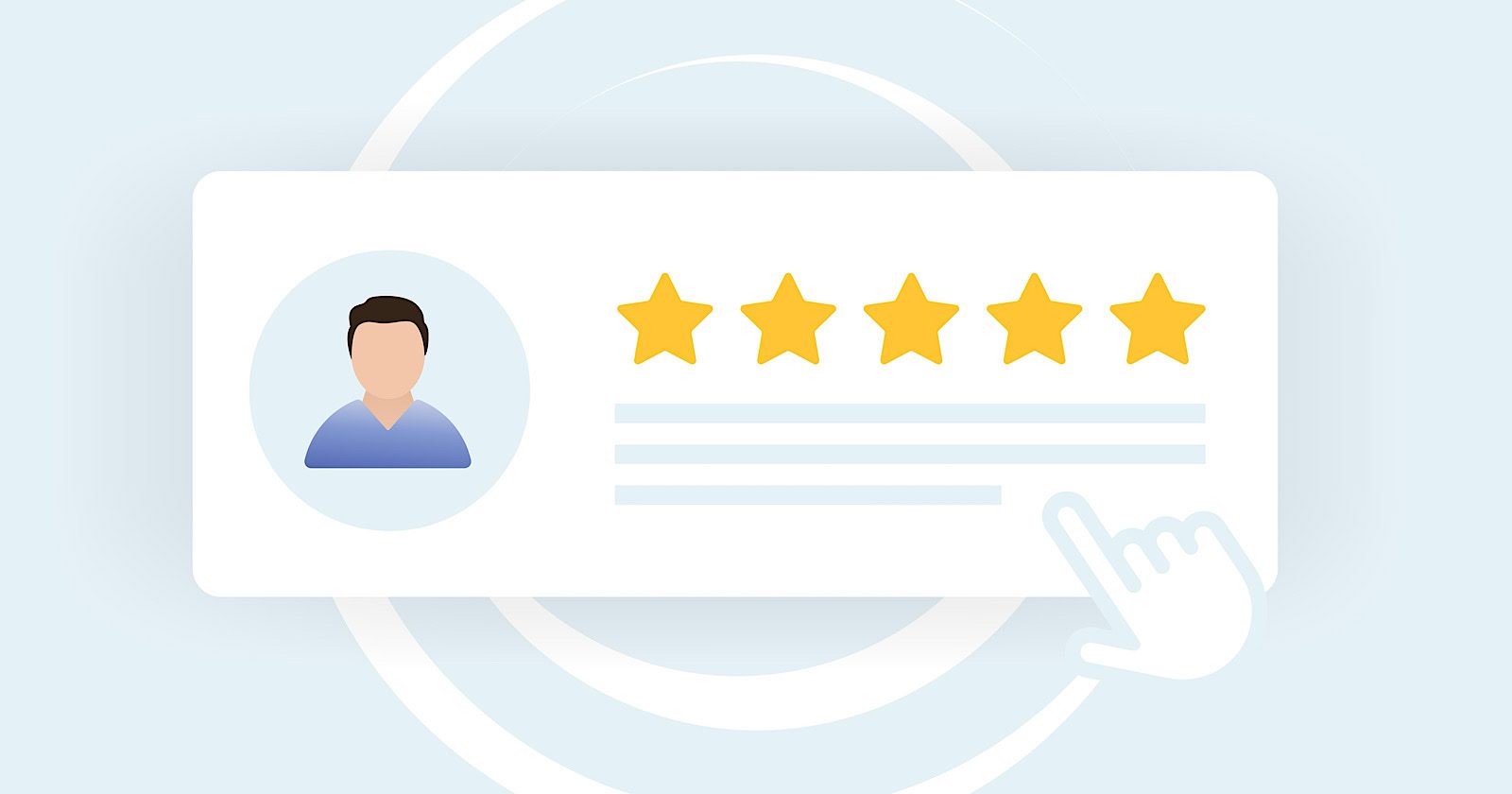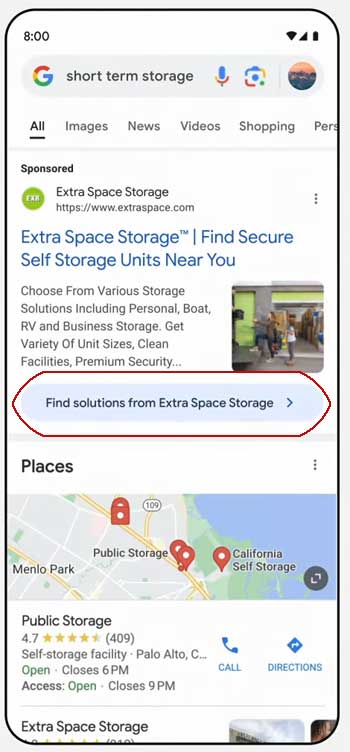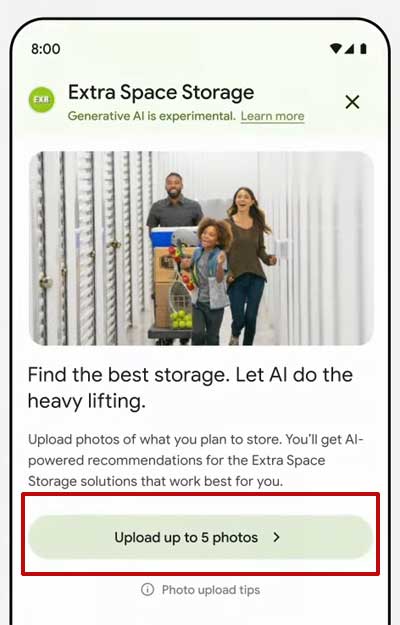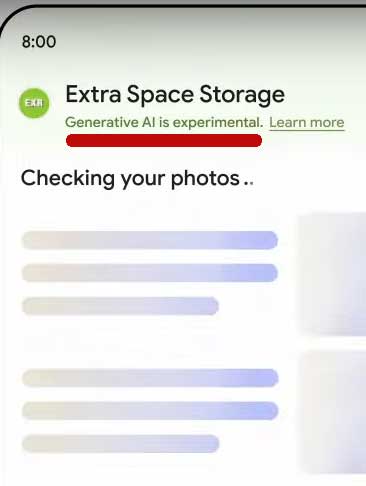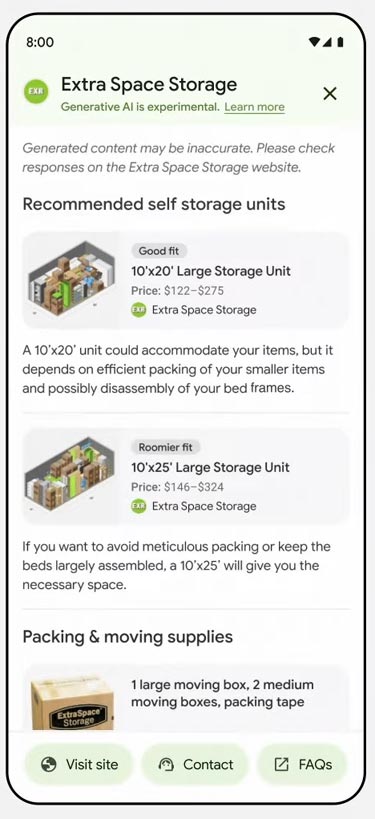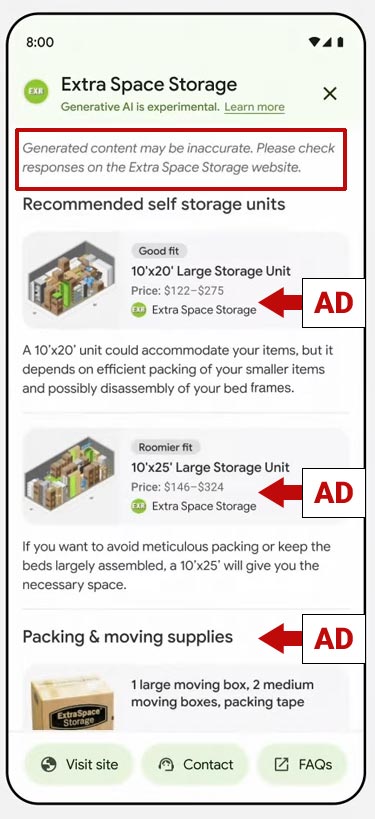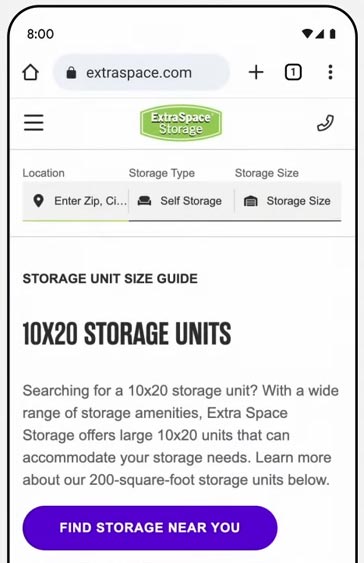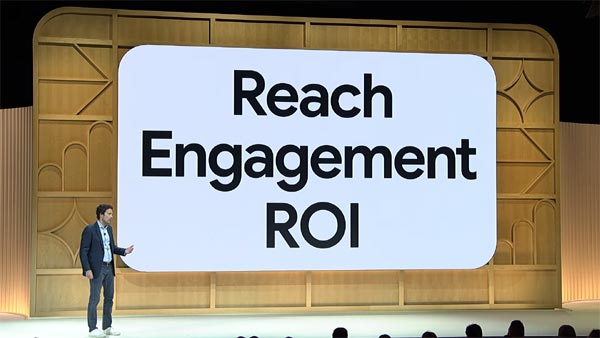Google’s AI Overviews Shake Up Ecommerce Search Visibility via @sejournal, @MattGSouthern
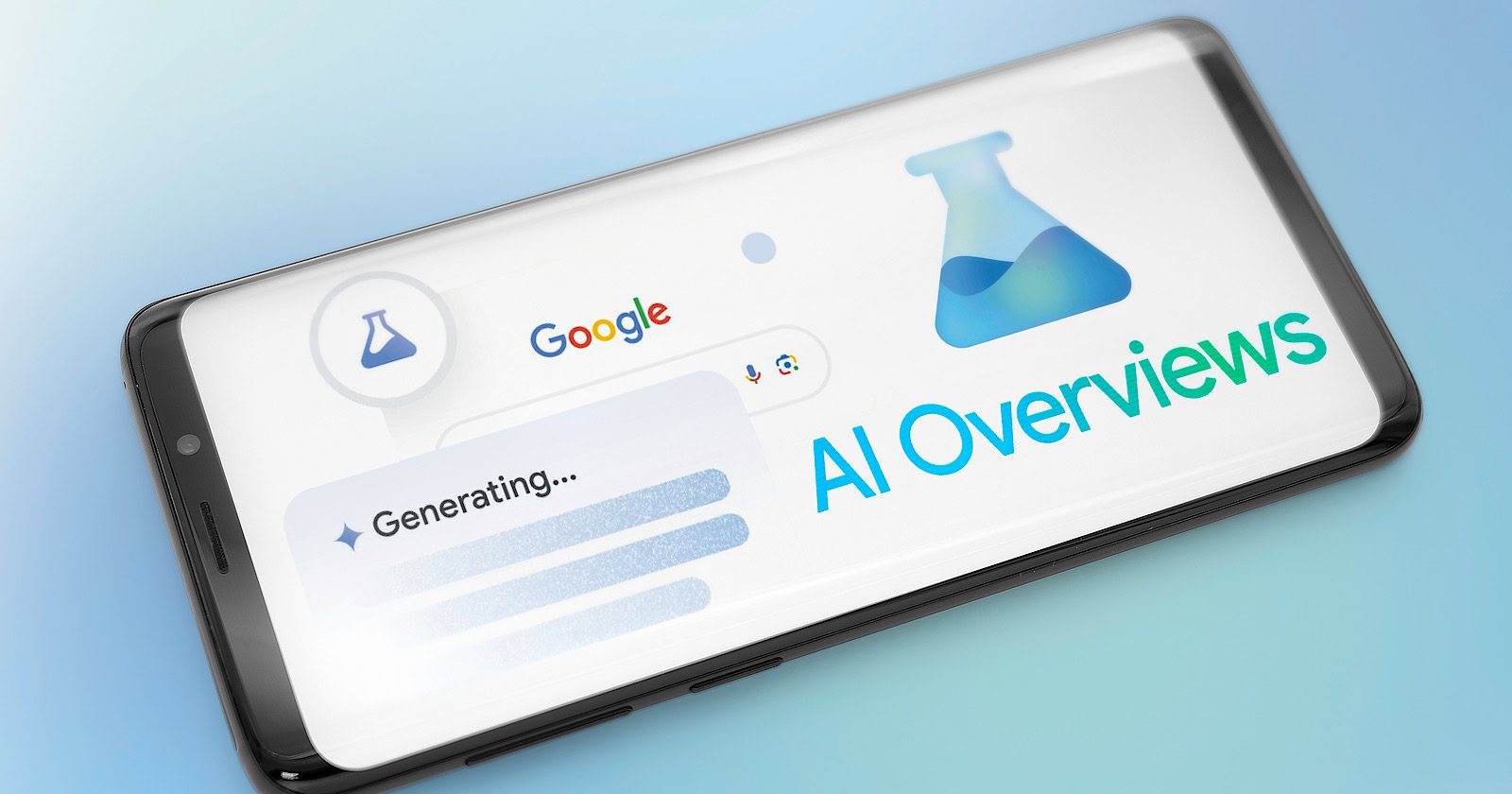
An analysis of 25,000 ecommerce queries by Bartosz Góralewicz, founder of Onely, reveals the impact of Google’s AI overviews on search visibility for online retailers.
The study found that 16% of eCommerce queries now return an AI overview in search results, accounting for 13% of total search volume in this sector.
Notably, 80% of the sources listed in these AI overviews do not rank organically for the original query.
“Ranking #1-3 gives you only an 8% chance of being a source in AI overviews,” Góralewicz stated.
🗞️ Google AI overviews vs. eCommerce 🗞️
We just finished analyzing 25k eCommerce queries.
TL;DR
– 16% of queries return AI-overview (previously SGE)
– 13% of search volume from search goes through AI overviews
– 80% of sources don’t rank organically for the query (!)
— Bartosz Góralewicz (@bart_goralewicz) May 22, 2024
Shift Toward “Accelerated” Product Experiences
International SEO consultant Aleyda Solis analyzed the disconnect between traditional organic ranking and inclusion in AI overviews.
According to Solis, for product-related queries, Google is prioritizing an “accelerated” approach over summarizing currently ranking pages.
She commented Góralewicz’ findings, stating:
“… rather than providing high level summaries of what’s already ranked organically below, what Google does with e-commerce is “accelerate” the experience by already showcasing what the user would get next.”
Solis explains that for queries where Google previously ranked category pages, reviews, and buying guides, it’s now bypassing this level of results with AI overviews.
This: “80% of AI overview sources don’t rank organically for the query” from 25K e-commerce queries that @bart_goralewicz analyzed.
This is what I’ve seen happening too because most of the AI overviews for product related queries are “accelerators”: rather than providing high… https://t.co/UFT2wTG2ht pic.twitter.com/i5neMpALl6
— Aleyda Solis 🕊️ (@aleyda) May 22, 2024
Assessing AI Overview Traffic Impact
To help retailers evaluate their exposure, Solis has shared a spreadsheet that analyzes the potential traffic impact of AI overviews.
I’ve updated my Google AI Overviews (AIO) Traffic Risk Impact Assessment Sheet to make it easier to:
1. Assess the before/after AIO CTR/traffic gap
2. The type of results/pages featured in AIO
3. Prioritize content optimization actions accordinglyCheck it out 👀👇… pic.twitter.com/JFejUcaIni
— Aleyda Solis 🕊️ (@aleyda) May 26, 2024
As Góralewicz notes, this could be an initial rollout, speculating that “Google will expand AI overviews for high-cost queries when enabling ads” based on data showing they are currently excluded for high cost-per-click keywords.
An in-depth report across ecommerce and publishing is expected soon from Góralewicz and Onely, with additional insights into this search trend.
Why SEJ Cares
AI overviews represent a shift in how search visibility is achieved for ecommerce websites.
With most overviews currently pulling product data from non-ranking sources, the traditional connection between organic rankings and search traffic is being disrupted.
Retailers may need to adapt their SEO strategies for this new search environment.
How This Can Benefit You
While unsettling for established brands, AI overviews create new opportunities for retailers to gain visibility without competing for the most commercially valuable keywords.
Ecommerce sites can potentially circumvent traditional ranking barriers by optimizing product data and detail pages for Google’s “accelerated” product displays.
The detailed assessment framework provided by Solis enables merchants to audit their exposure and prioritize optimization needs accordingly.
FAQ
What are the key findings from the analysis of AI overviews & ecommerce queries?
Góralewicz’s analysis of 25,000 ecommerce queries found:
- 16% of ecommerce queries now return an AI overview in the search results.
- 80% of the sources listed in these AI overviews do not rank organically for the original query.
- Ranking positions #1-3 only provides an 8% chance of being a source in AI overviews.
These insights reveal significant shifts in how ecommerce sites need to approach search visibility.
Why are AI overviews pulling product data from non-ranking sources, and what does this mean for retailers?
Google’s AI overviews prioritize “accelerated” experiences over summarizing currently ranked pages for product-related queries.
This shift focuses on showcasing directly what users seek instead of traditional organic results.
For retailers, this means:
- A need to optimize product pages beyond traditional SEO practices, catering to the data requirements of AI overviews.
- Opportunities to gain visibility without necessarily holding top organic rankings.
- Potential to bypass traditional ranking barriers by focusing on enhanced product data integration.
Retailers must adapt quickly to remain competitive in this evolving search environment.
What practical steps can retailers take to evaluate and improve their search visibility in light of AI overview disruptions?
Retailers can take several practical steps to evaluate and improve their search visibility:
- Utilize the spreadsheet provided by Aleyda Solis to assess the potential traffic impact of AI overviews.
- Optimize product and detail pages to align with the data and presentation style preferred by AI overviews.
- Continuously monitor changes and updates to AI overviews, adapting strategies based on new data and trends.
These steps can help retailers navigate the impact of AI overviews and maintain or improve their search visibility.
Featured Image: Marco Lazzarini/Shutterstock

